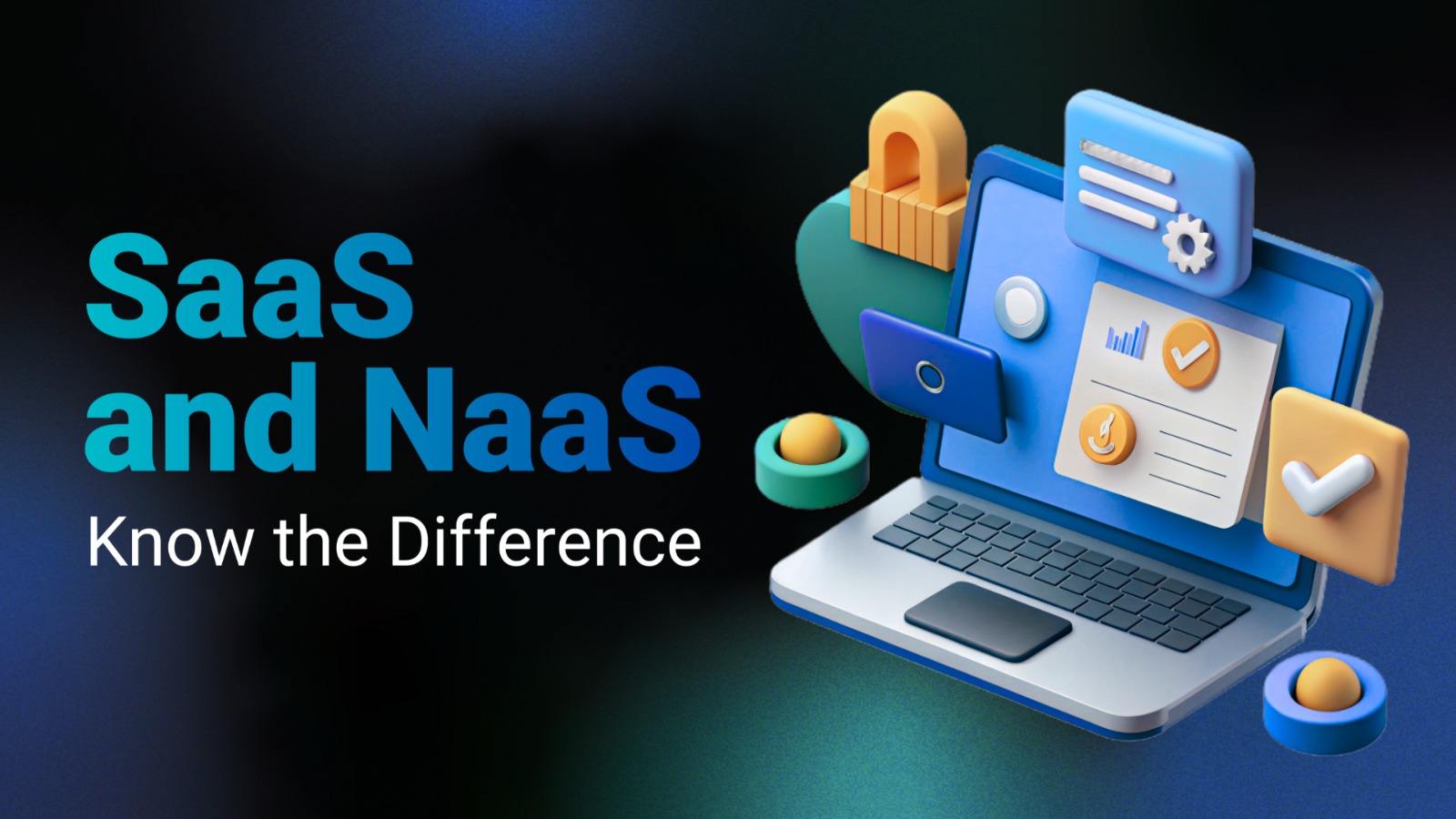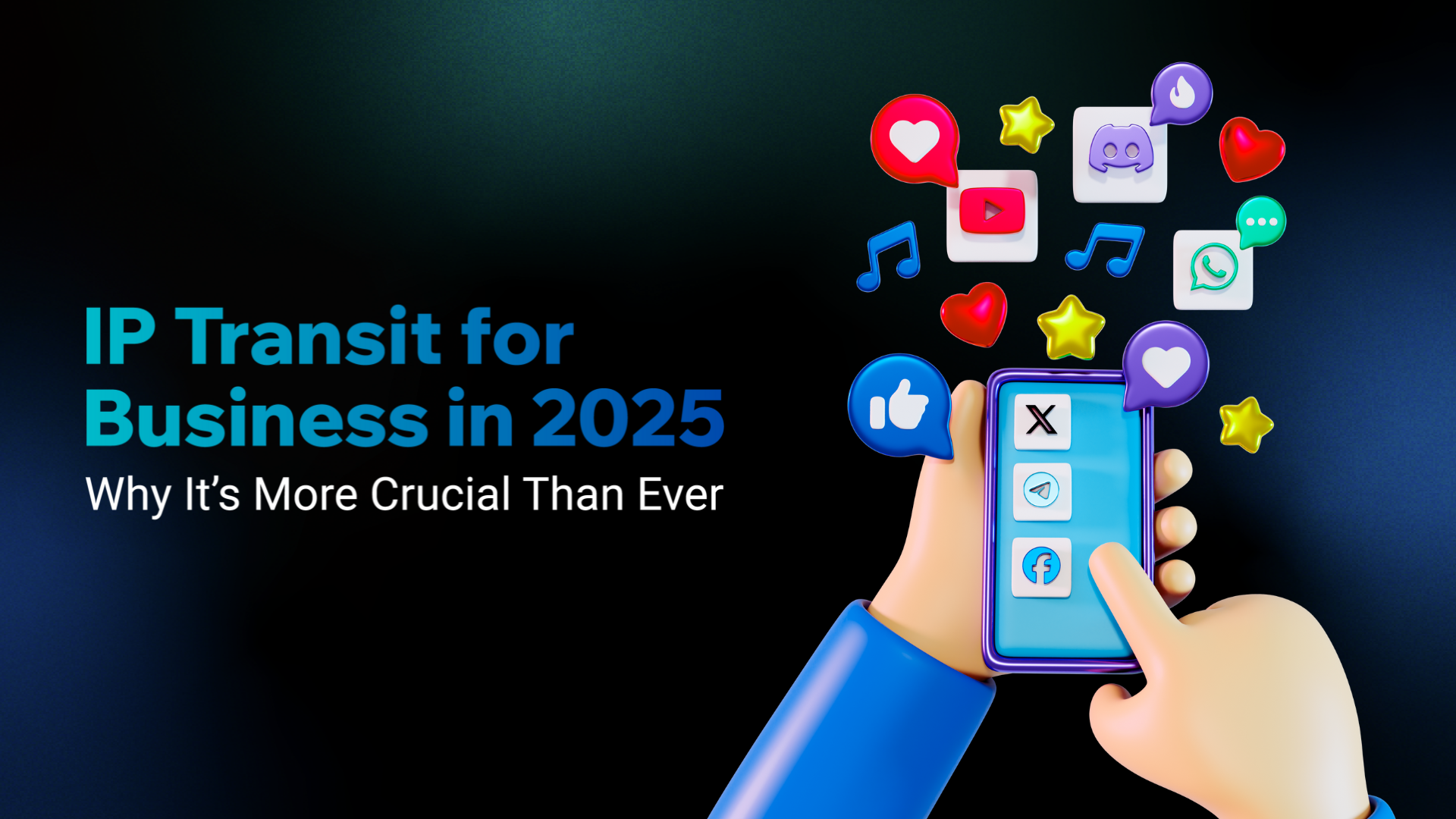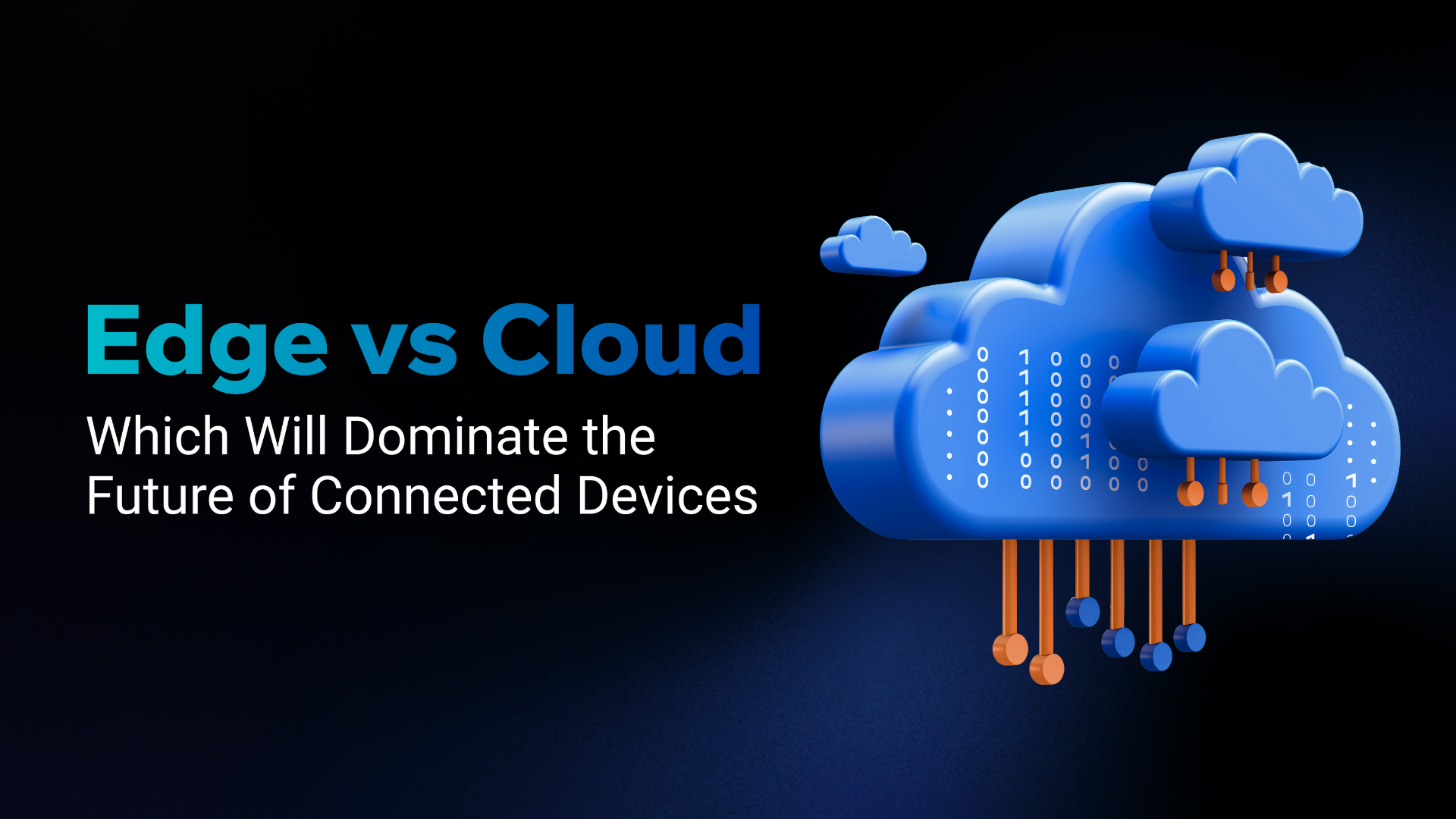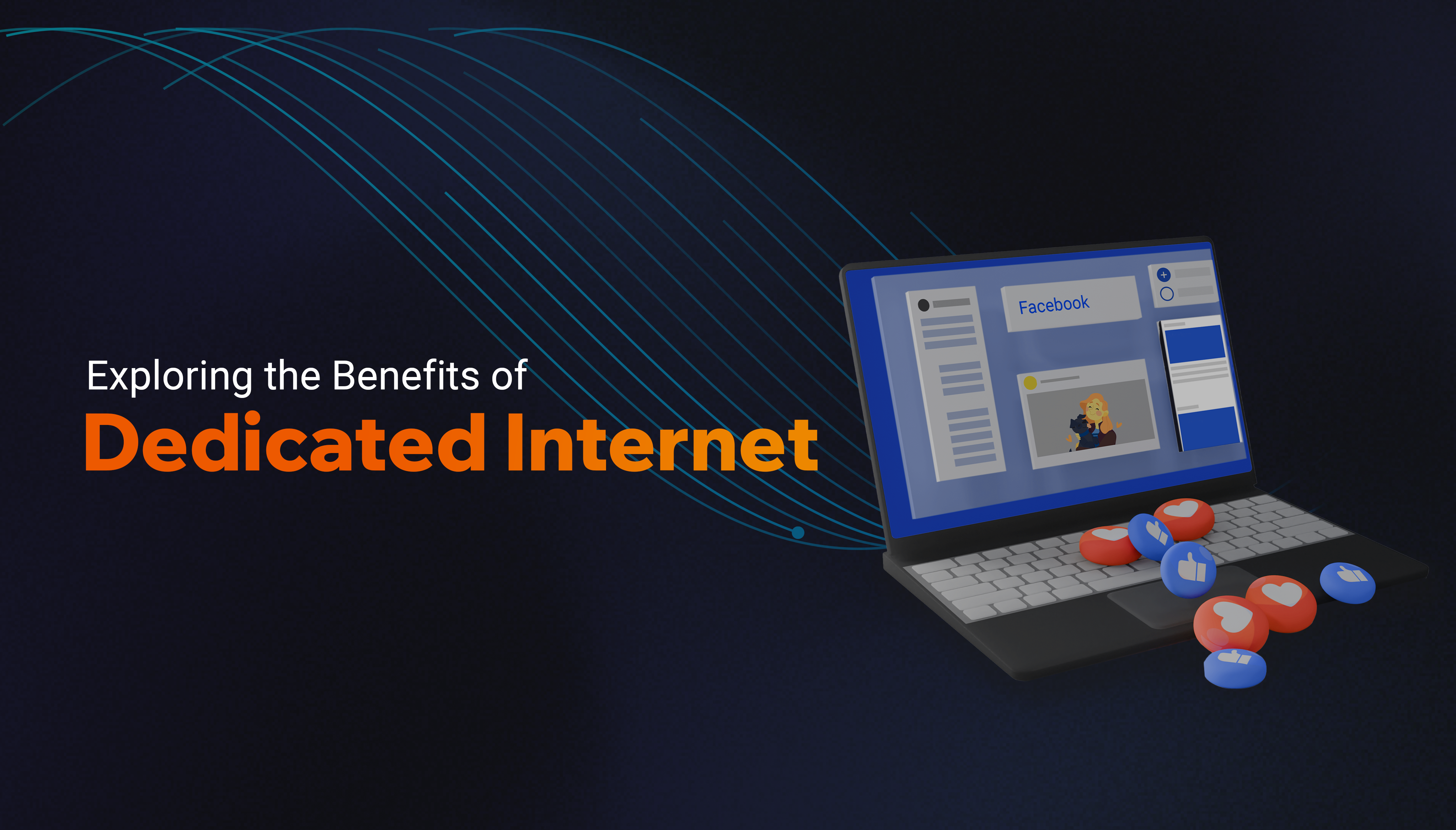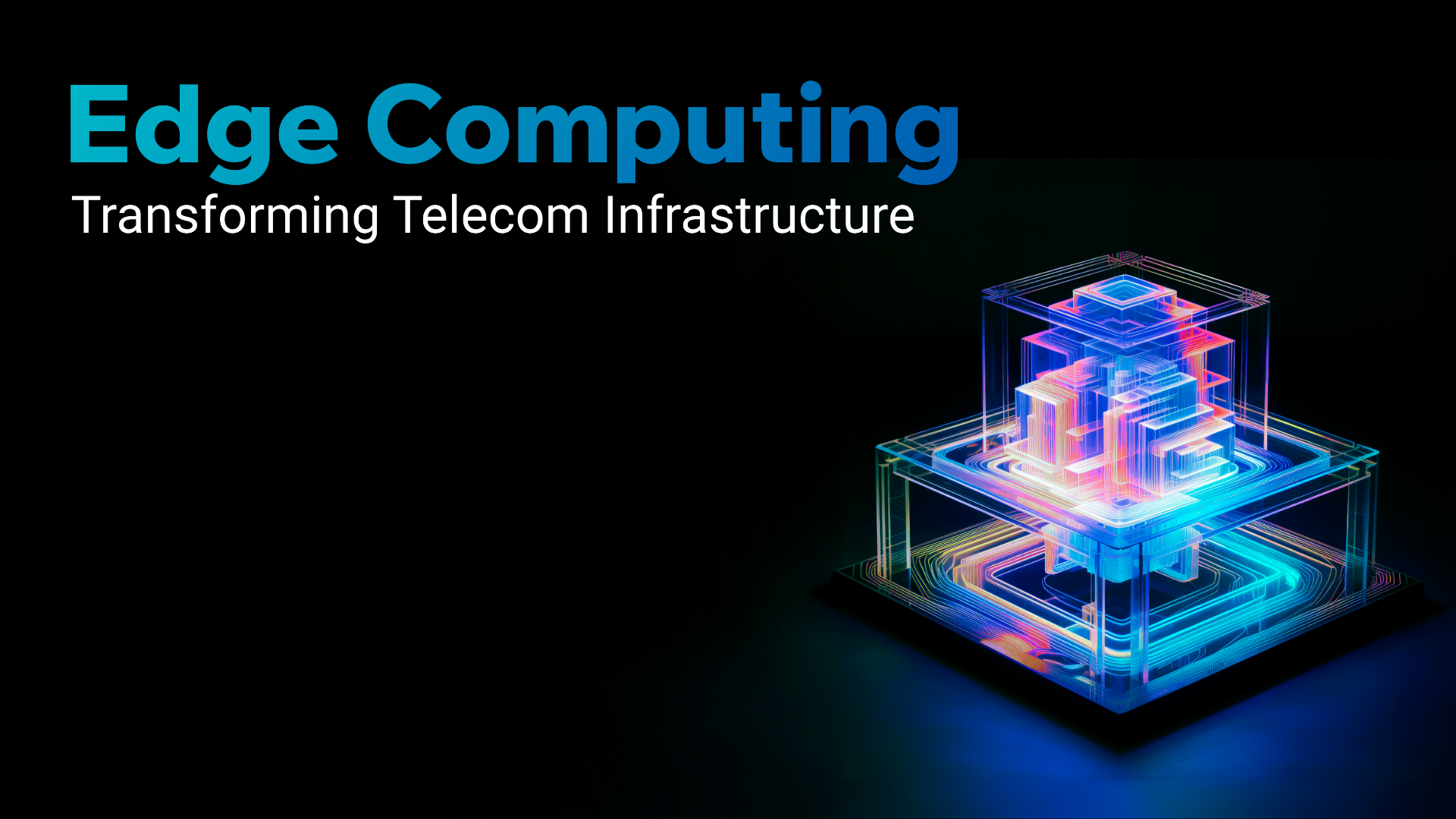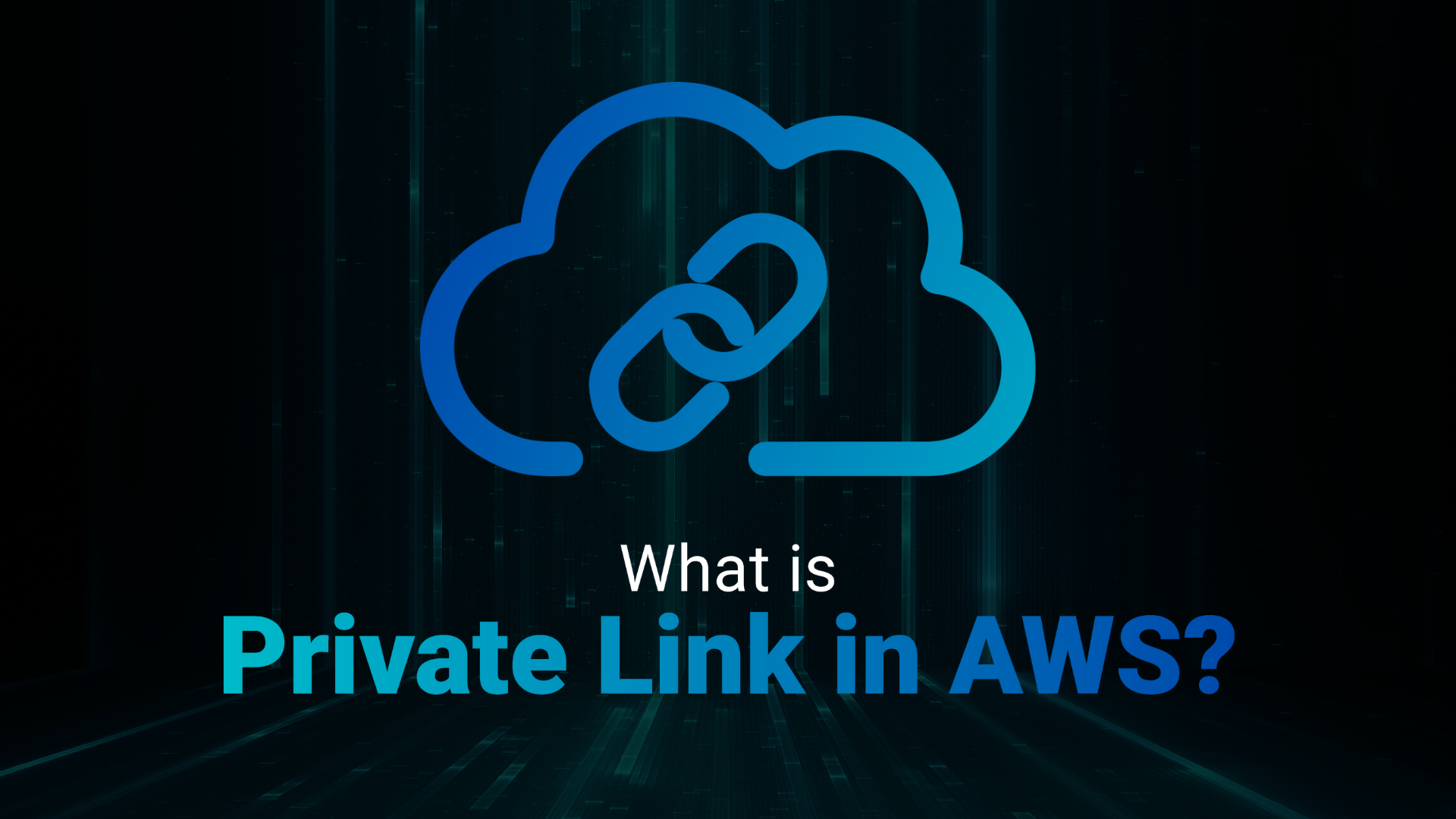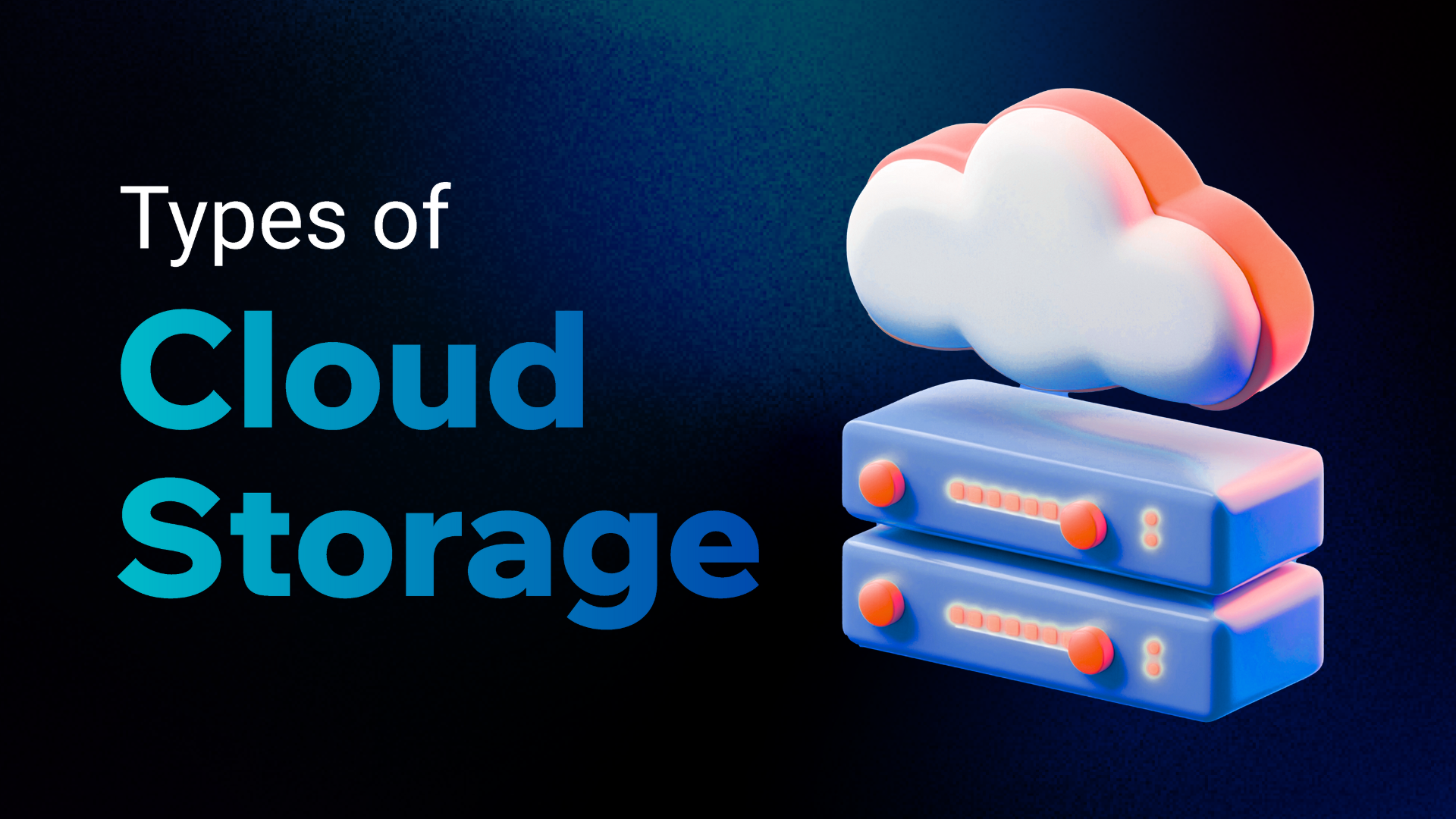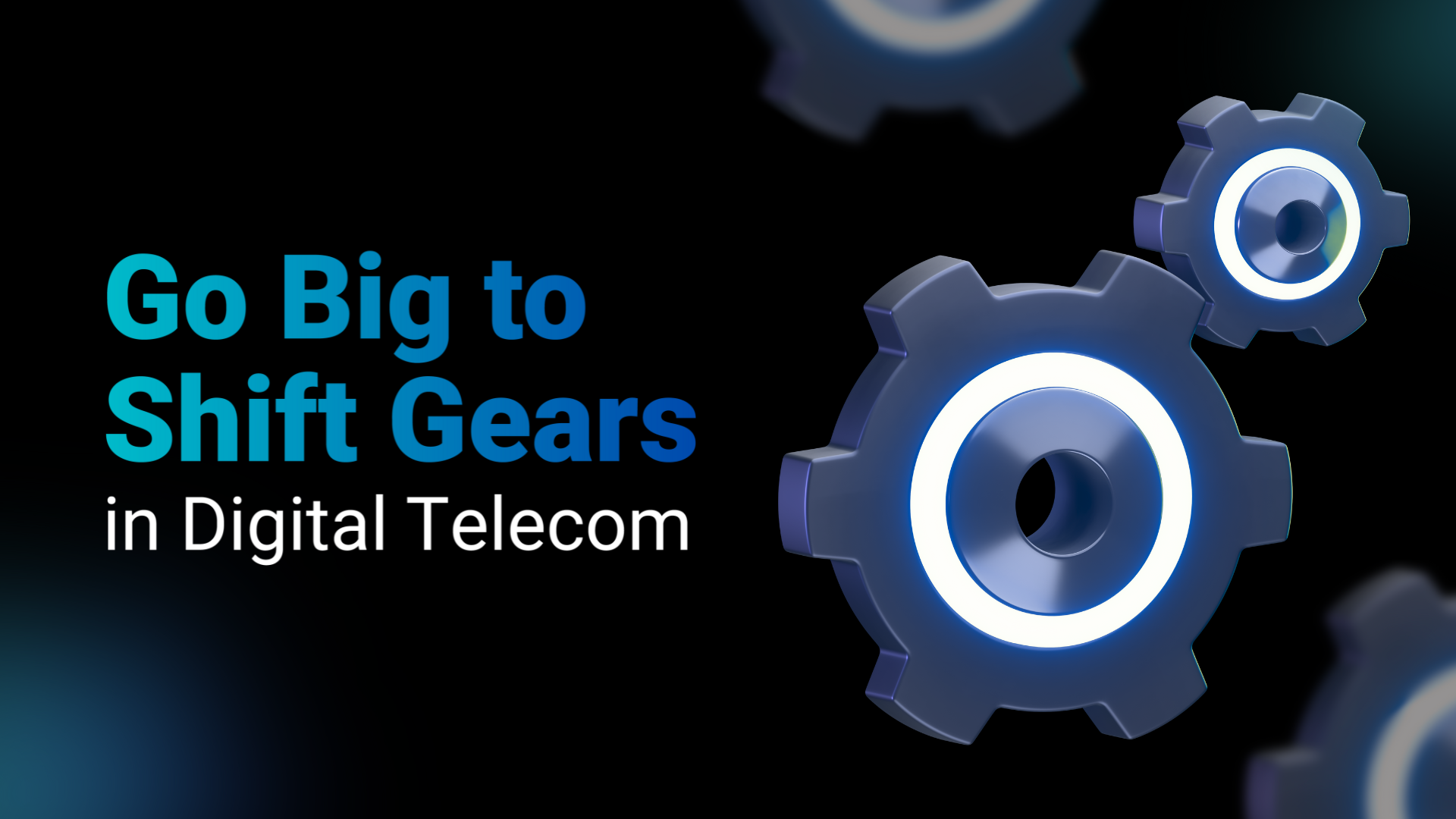As we move into 2025, the demand for faster, more reliable internet continues to rise, driven by advancements in technology, remote work, and the digital transformation of industries. For businesses that require high-performance internet connectivity—whether for cloud services, data centers, or large-scale operations—IP Transit has become a critical service. But what exactly is IP Transit, and why is it essential for businesses in 2025? What is IP Transit? IP Transit is a service that provides businesses with access to the global internet through a high-capacity backbone network. Unlike regular internet connections, IP Transit enables companies to send and receive large volumes of data across multiple networks worldwide, ensuring that their traffic takes the most efficient route. In short, IP Transit acts as a gateway between your business’s internal network and the entire internet, delivering consistent, reliable, and scalable connectivity. Why IP Transit Matters for Businesses in 2025 In 2025, businesses are more reliant on digital infrastructure than ever before. Here are a few reasons why IP Transit is becoming a key consideration for enterprises: 1. Global Reach and Scalability With the continued growth of remote work and global operations, businesses need fast, reliable internet access that can scale with their operations. IP Transit provides a direct connection to major internet exchange points (IXPs), allowing businesses to expand their reach without sacrificing performance. 2. High-Performance Connectivity For organizations relying on cloud computing, SaaS applications, or hosting their own content, latency and packet loss can significantly impact productivity. IP Transit ensures high-speed, low-latency connections with optimized routing, offering better performance than traditional ISP services. 3. Cost Efficiency While dedicated internet connections can be costly for businesses with high bandwidth demands, IP Transit offers a more cost-effective solution by enabling direct peering with other networks. This reduces the need to rely on multiple ISPs and cuts down on unnecessary traffic hops, lowering overall operational costs. 4. Security and Control In an age of increasing cyber threats, businesses need more control over their network traffic. IP Transit allows companies to manage their routing policies and improve security by filtering out malicious traffic or DDoS attacks. Many providers offer additional security services, such as scrubbing centers, to mitigate risks. 5. Future-Proofing Digital Infrastructure As we look toward the future, technologies like AI, IoT, and 5G will place even more pressure on global networks. Having a robust IP Transit service in place ensures that businesses are prepared to handle the increasing demand for bandwidth and real-time data transmission that these technologies will require. Choosing the Right IP Transit Provider in 2025 Selecting an IP Transit provider is a crucial decision for any business that depends on the internet for its operations. Here are a few factors to consider when evaluating providers: IP Transit as a Business Enabler As we step into 2025, having a reliable and scalable internet connection is no longer optional—it’s essential for business growth and innovation. IP Transit provides businesses with the robust infrastructure they need to stay competitive in an increasingly digital world. By choosing the right IP Transit provider, companies can ensure they have the speed, performance, and security necessary to thrive in the years ahead.
